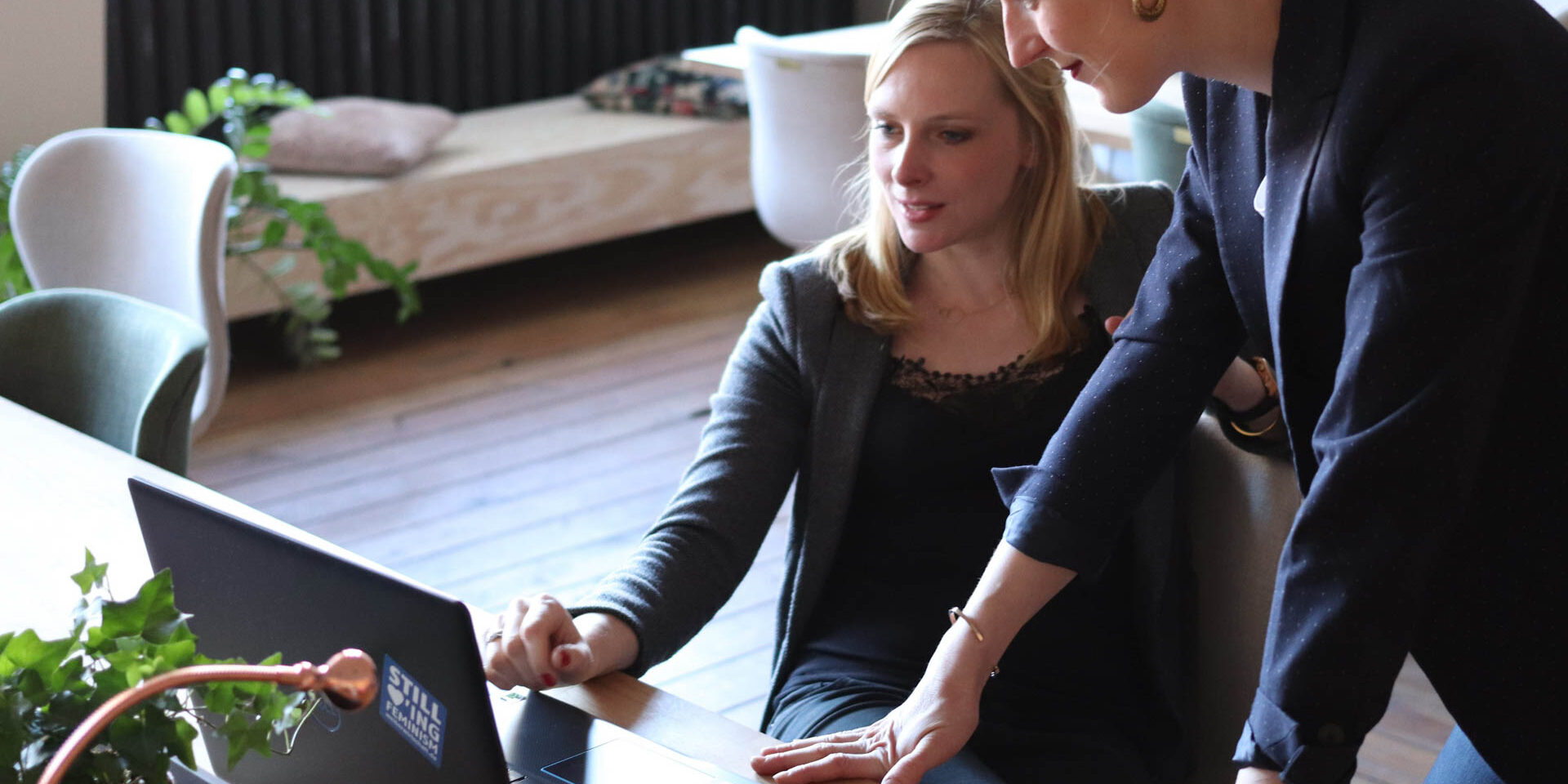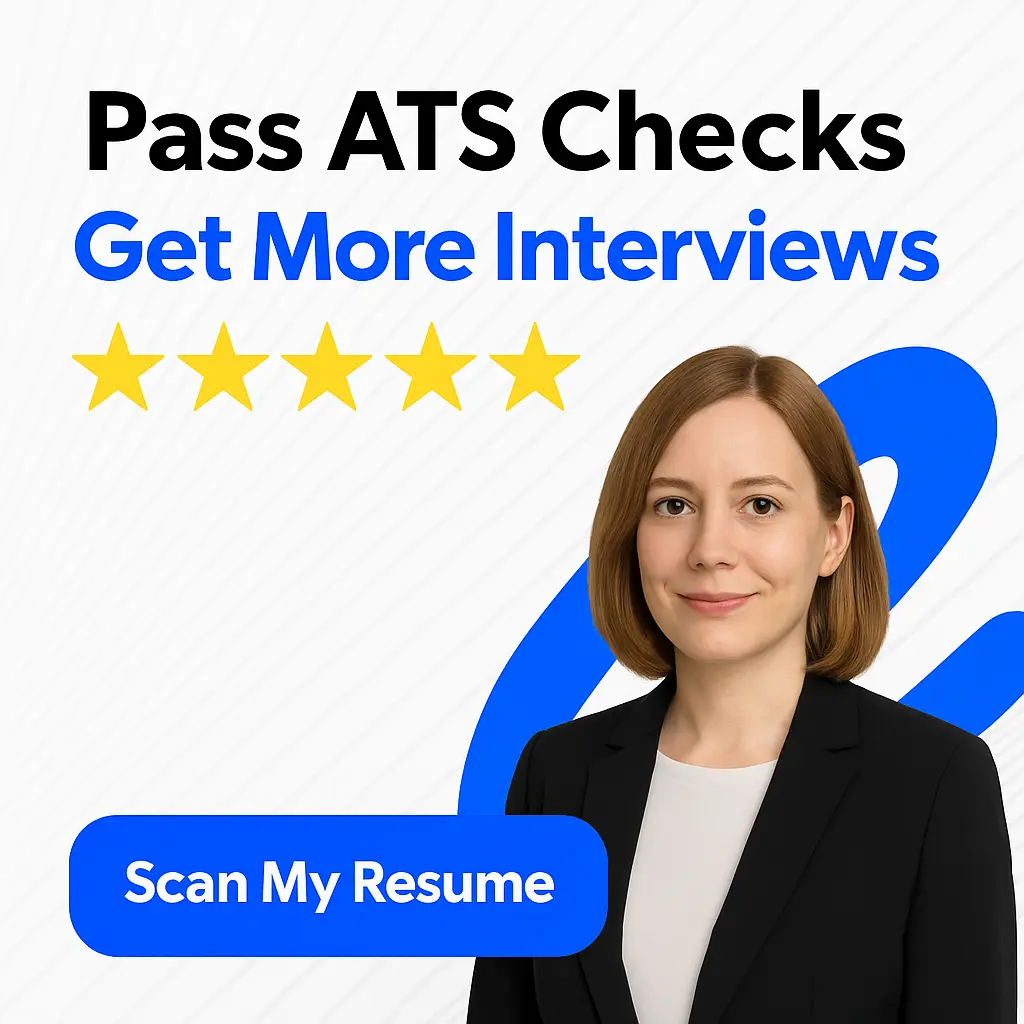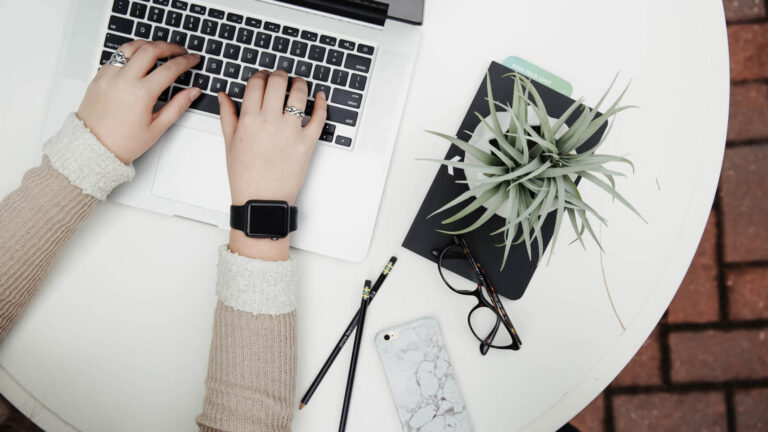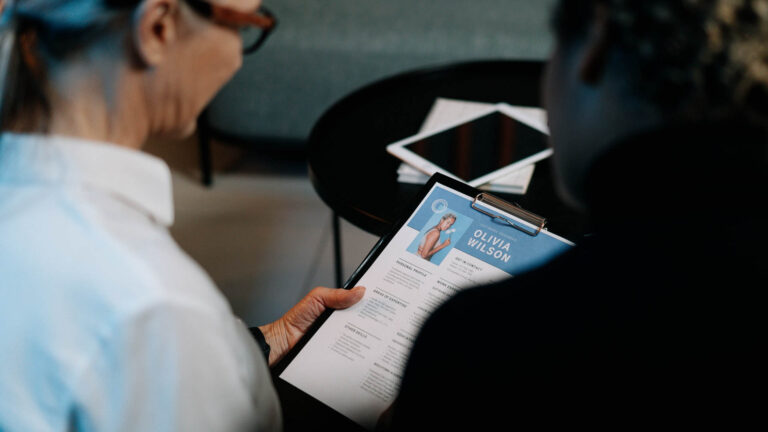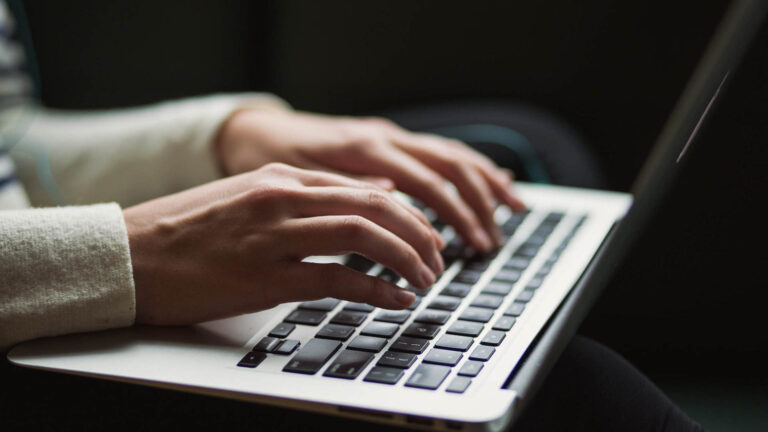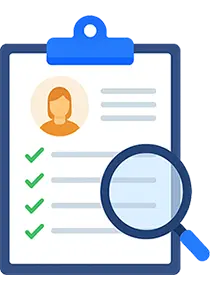One of the most pivotal moments in your career journey is the job interview. Beyond answering questions with confidence, how you present yourself visually plays a critical role. Your attire not only communicates professionalism but also sets the tone for the impression you leave behind.
Importance of choosing the right interview attire
There’s a saying, “Dress for the job you want, not the job you have.” This couldn’t be more true when it comes to job interviews. Studies show that interviewees who dress professionally and appropriately have a higher chance of being hired. The right interview attire can project confidence, competence, and attention to detail. For additional support, many professionals benefit from interview preparation services that help fine-tune not just attire but the entire approach.
Moreover, the interview process is an opportunity to make a positive first impression on potential employers. The way you dress communicates your professionalism and can make a significant difference in how you’re perceived. Dressing appropriately shows employers that you take the interview and the position seriously.
Factors to consider when selecting interview attire
When selecting your interview attire, there are several factors to consider. The first and most important factor is the company culture. Before the interview, research the company’s dress code and culture to ensure that you’re dressing appropriately. A startup with a casual atmosphere may require a different dress code than a law firm or finance company.
Another factor to consider is the position you’re applying for. Is it an entry-level position or a management position? What type of industry is it in? Different industries have different dress codes, and it’s essential to dress accordingly. Interviews for creative positions, for example, may call for more innovative and fashionable attire than interviews for a conservative organization. If you’re unsure, working with a career planning and consulting expert can provide clarity and confidence.


Consider comfort as well when selecting interview attire. You want to feel confident and comfortable during the interview. Choose clothing that fits well and allows you to move comfortably. Lastly, it’s important to avoid distracting accessories or clothing. Keep jewelry and makeup to a minimum, and opt for simple, classic styles.
Selecting the right interview attire is crucial to making a great first impression in a job interview. Consider the company culture, position, industry, and comfort when choosing what to wear. By dressing appropriately and comfortably, you can feel confident and project a professional image, ultimately increasing your chances of being hired. Pairing this with an optimized LinkedIn profile ensures your professional image is strong both in person and online.
B. Weather-appropriate fabrics and styles
It’s also important to think about the specific weather conditions on the day of your interview. If it’s particularly hot outside, you might opt for a breezy cotton dress or skirt paired with a light blazer. On a chilly day, wool pants or a sweater dress can keep you warm while still looking professional. In the rain, you’ll want to wear waterproof or water-resistant materials, such as a trench coat and boots.
C. Layering and accessorizing for seasonal attire
Layering can be a great way to adjust your outfit depending on the temperature. You might wear a cardigan or blazer that you can remove if you get too warm. Accessories can also help you stay comfortable and stylish throughout the day. For example, in the summer, you might wear a wide-brimmed hat to protect your face from the sun. In the winter, a scarf and gloves can keep you feeling cozy.
Choosing the right interview attire based on the season can help you feel confident and comfortable throughout the day. By considering weather-appropriate fabrics and styles, as well as layering and accessorizing, you can create a professional and put-together look no matter what the temperature outside.
Interview Attire for Specific Industries
When it comes to interviewing for a job, it’s important to dress appropriately – but not all industries have the same standards. Here are some guidelines for specific industries:
A. Law and Finance
Law and finance are some of the most traditional industries when it comes to dress code. For women, it’s best to wear a formal suit with minimal jewelry and makeup. Stick to neutral colors like black, navy, or beige. Closed-toe shoes with a moderate heel are also recommended. Avoid anything that is too revealing or trendy.
B. Technology and Creative Arts
The tech and creative industries are often more relaxed when it comes to dress code. However, it’s still important to dress professionally to show that you take the interview seriously. For women, business casual is often appropriate – think a nice blouse with slacks or a pencil skirt. Avoid anything too casual like jeans or sneakers. Show off your personality with creative accessories or a pop of color.
C. Education and Nonprofit
Education and nonprofit organizations often have a business casual dress code. For women, a skirt or dress pants paired with a blouse or sweater is appropriate. Avoid anything too revealing or trendy. It’s also important to wear comfortable shoes since you may be on your feet for long periods of time.
D. Healthcare and Hospitality
Healthcare and hospitality industries require a more practical approach to interview attire. For women, it’s best to wear comfortable yet professional clothing that allows for ease of movement. Scrubs or business casual clothing are often appropriate. Closed-toe shoes with a comfortable sole are a must.
It’s important to research the industry and company culture before deciding on interview attire. Dressing appropriately can not only show respect for the company, but it can also boost confidence and help make a positive first impression.
Etiquette for Dressing for Interviews
When it comes to interviews, your attire and grooming play a crucial role in creating a positive first impression. As a woman, it can be daunting to decide what to wear, especially for video or remote interviews. In this section, we’ll discuss some tips on what not to wear, personal grooming, and how to dress appropriately for video or remote interviews.


A. Don’ts when it comes to interview attire
Your clothing choice can make or break your interview. You want to avoid anything that is too revealing, too casual, or too bright.
- Avoid wearing anything too short or too tight.
- Avoid low-cut tops or anything that shows too much cleavage.
- Avoid distracting patterns or colors.
- Avoid wearing anything too casual like sweatpants or flip-flops.
- Avoid wearing too much jewelry or anything too flashy.
Remember, you want to look professional and modest while still being comfortable.
B. Mind your personal grooming and hygiene
Your appearance matters just as much as your attire. You want to look polished and well-groomed.
- Make sure your hair is clean and styled.
- Keep your makeup minimal and natural.
- Keep your nails clean and well-manicured.
- Avoid overpowering perfumes or heavy scents.
- Make sure your clothes are clean and wrinkle-free.
By paying attention to your personal grooming, you can boost your confidence and make a positive first impression.
C. Dressing for video or remote interviews
With the rise of video and remote interviews, you need to consider the camera angle and lighting when choosing your attire.
- Choose solid colors or subtle patterns that aren’t too distracting on camera.
- Avoid wearing white, which can be too bright on camera.
- Consider wearing a blazer or structured top to create a professional look.
- Be mindful of your background when choosing your attire.
- Make sure you are well-lit, so your face is clearly visible on camera.
By following these tips, you can ensure that your attire and grooming are appropriate and leave a lasting impression on your interviewers.
Dressing for interviews can be stressful, but by avoiding don’ts in attire, focusing on personal grooming and hygiene, and dressing appropriately for video or remote interviews, you can present yourself professionally and confidently.
Dressing for Different Interview Formats
When it comes to dressing for different interview formats, it’s important to take into account the type of interview you’ll be attending. Women have a wide range of attire options, but not all of them are appropriate for all interview formats.
A. In-person interviews
In-person interviews are the most traditional interview format. When dressing for an in-person interview, it’s important to dress in a professional and polished manner. This means choosing a formal business attire that is both comfortable and stylish.
Typically, women should avoid wearing anything too revealing or distracting. Opt for a classic black pant suit, a tailored blazer paired with dress pants or a pencil skirt, or a conservative dress paired with heels.
It’s also essential to follow the basics of grooming and hygiene. Make sure your hair is neatly styled, your nails are clean, and your makeup is subtle and professional.
B. Panel interviews
In panel interviews, you’ll be meeting with a group of interviewers. This interview format can feel more intimidating, so it’s important to dress appropriately to exude confidence and professionalism.
For a panel interview, it’s recommended to dress slightly more formal than you would for an in-person interview. You’ll want to dress in a way that makes you stand out, but not so much that you become the main focus of attention.
A pantsuit, a conservative dress, or a skirt suit paired with a blouse are all great choices for a panel interview. Avoid anything too flashy or distracting.
C. Behavioral interviews
Behavioral interviews are centered around competency-based questions and are designed to assess how well you can handle situations in the workplace. When dressing for a behavioral interview, it’s important to choose clothing that feels comfortable and allows you to express your personality.
While you still want to dress professionally, you can take a bit more freedom in your choice of attire. Try pairing a dress with a blazer or a blouse with a skirt or dress pants.
Avoid wearing clothing with highly visible brand logos, graphic designs, or anything too revealing.
D. Virtual interviews
Virtual interviews are becoming more popular in today’s digital age. It’s important to make sure you dress appropriately, even if you are not meeting face-to-face with the interviewer.
When preparing for a virtual interview, make sure to dress professionally from head to toe. Your attire will reflect the impression you make on the interviewer, so make sure you dress the part.
Professional attire, such as a blouse or a blazer paired with a dress, and makeup are essential for virtual interviews. Avoid wearing anything too bright or over-the-top as it can be distracting.
When dressing for different interview formats, it’s important to take into account the type of interview you’ll be attending. Be professional, polished, and make sure to choose appropriate attire for the occasion. With the right outfit, you’ll be able to exude confidence and make a lasting impression!
Fit and Comfort of Interview Attire
Interview attire for women should not only be professional but also comfortable and functional. The last thing you want during an interview is to feel uncomfortable or distracted by your clothing. Follow the sizing, alterations, and testing tips below to ensure your interview attire fits and feels perfect.
A. Sizing and alterations for interview attire
When choosing your interview attire, it is important to consider sizing and alterations. Well-fitting clothing looks more professional and can boost your confidence. Ensure that your clothing fits well in the shoulders, bust, waist, hips, and length. If necessary, take your clothing to a tailor for alterations to ensure a perfect fit.
B. Testing your interview attire for comfort and functionality
Before your interview day, you should test your interview attire for comfort and functionality. This will help you determine if the clothing will be suitable for the entire interview period, including walking, sitting, and standing. Try sitting down and standing up a couple of times in front of a mirror while wearing the shoes, coat, and accessories you plan to wear. This way, you can be sure that your interview attire will not cause any discomfort or awkward movements during the interview.
C. Avoiding discomfort and distractions during the interview
Choosing the right interview attire will help you avoid discomfort and distractions during the interview. Here are a few tips to help you stay comfortable and focused:
- Avoid new clothing or shoes that you have not worn before to prevent discomfort or blisters.
- Wear undergarments that fit properly to avoid discomfort or adjusting them during the interview.
- Avoid overly tight or loose clothing that can be distracting or uncomfortable.
- Wear clothing that is appropriate for the type of interview and industry you’re interviewing for.
By following these tips, you can ensure that your interview attire is not only professional but also comfortable and functional. This will help you to be more focused, confident, and successful during your interview.
Styling Tips and Examples
In this section, we’ll cover some tips and examples for women on how to make their interview attire stand out positively.
A. Ways to make your interview attire stand out positively
-
Know the dress code: The first step to making a positive impression with your attire is to know the dress code of the company you’re interviewing with. Research the company culture and dress accordingly.
-
Keep it classic: While it’s important to stand out, you don’t want to make a fashion statement that overshadows your qualifications. Stick to classic, tailored pieces that fit well and flatter your body type.
-
Play with color: Adding a pop of color can make your outfit memorable without being too loud. Choose shades that complement your skin tone and pair them with neutral pieces for balance.
-
Mind the details: Pay attention to the details of your outfit, such as the fit of your clothes, the length of your hemline, and the condition of your shoes. Make sure everything is clean, ironed, and well-fitted.
B. Personalization, accessorizing, and styling
-
Add a personal touch: Incorporate elements of your personal style into your outfit, such as a statement necklace or a bold lipstick color. This will make you feel confident and comfortable, which will reflect positively in your interview.
-
Accessorize thoughtfully: Choose a few key accessories that complement your outfit, such as a simple watch or a structured handbag. Don’t overdo it with too many accessories, which can be distracting.
-
Style with intention: Think about the impression you want to make and style your outfit accordingly. For example, if you want to come across as professional and detail-oriented, opt for a crisp button-up shirt and a pencil skirt.
C. Examples of great interview attire for women
- Classic black blazer, white button-up shirt, and tailored pants
- Knee-length pencil skirt, blouse, and high heels
- Turtleneck sweater, mid-length skirt, and ankle boots
- Midi-length wrap dress and pumps
- Blouse, wide-leg trousers, and loafers
Remember, the key to great interview attire is to find a balance between making a positive impression and letting your qualifications shine. With these tips and examples, you’ll be well on your way to acing your next interview.
Related Articles
- Self Assessment: Guide on How to Learn About Yourself
- Machinist Resume: Top 30 Samples for 2023
- Filmmaker Resume: Examples and Writing Guide in 2023
- Phone Interview Advice from a Top Recruiter for 2023
- Theater Resume Writing Tips and Samples in 2023


